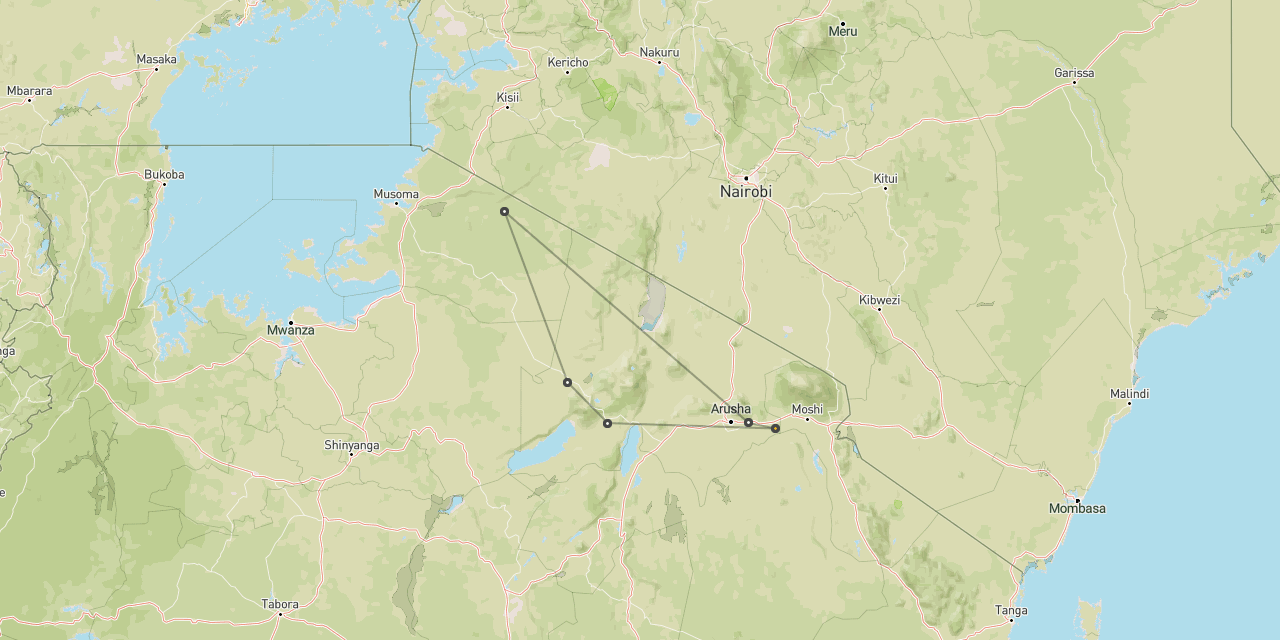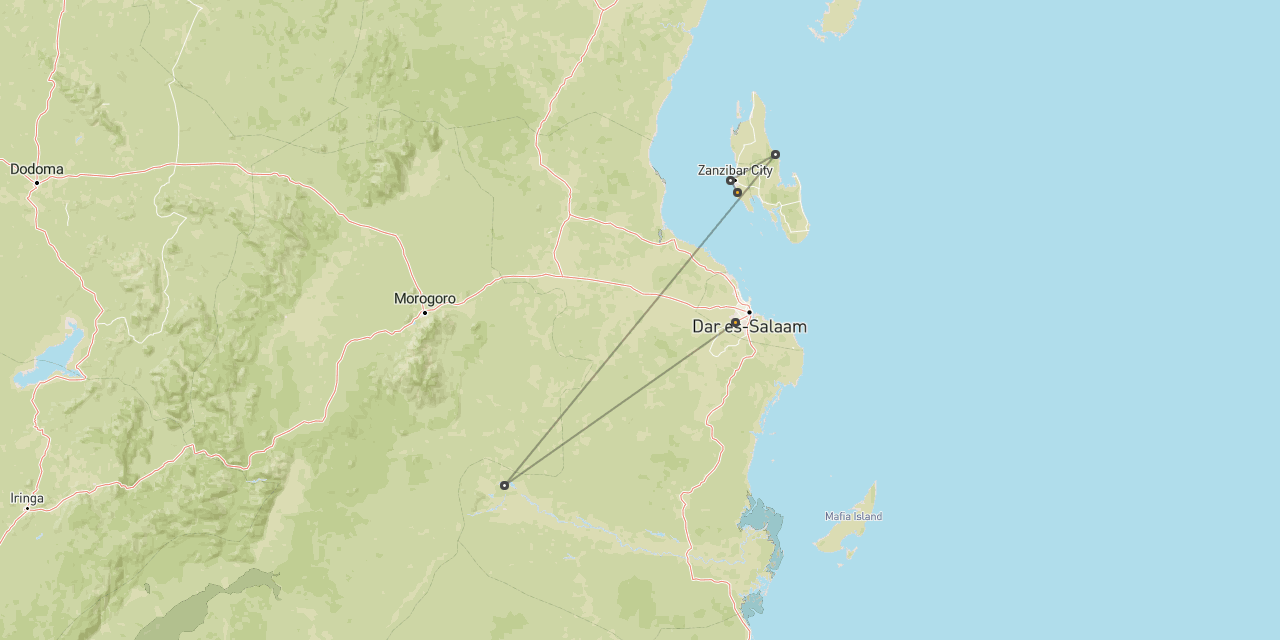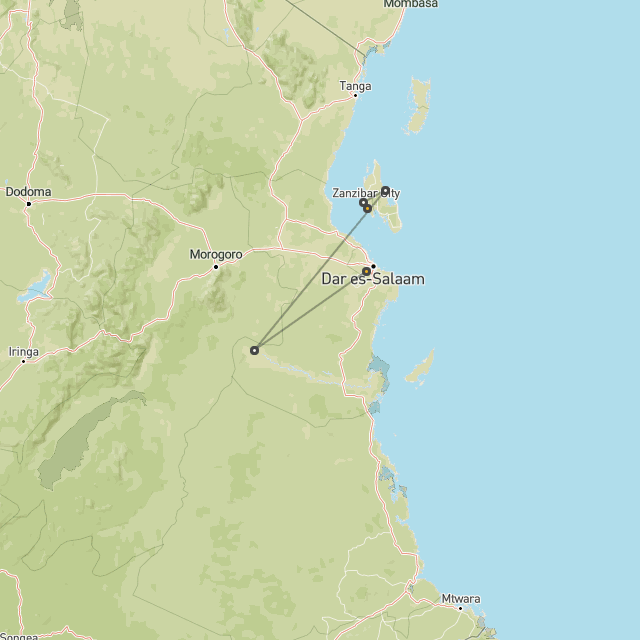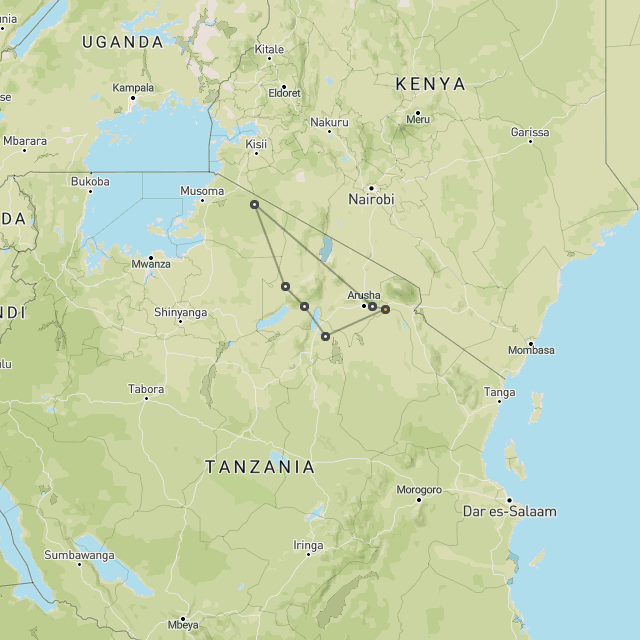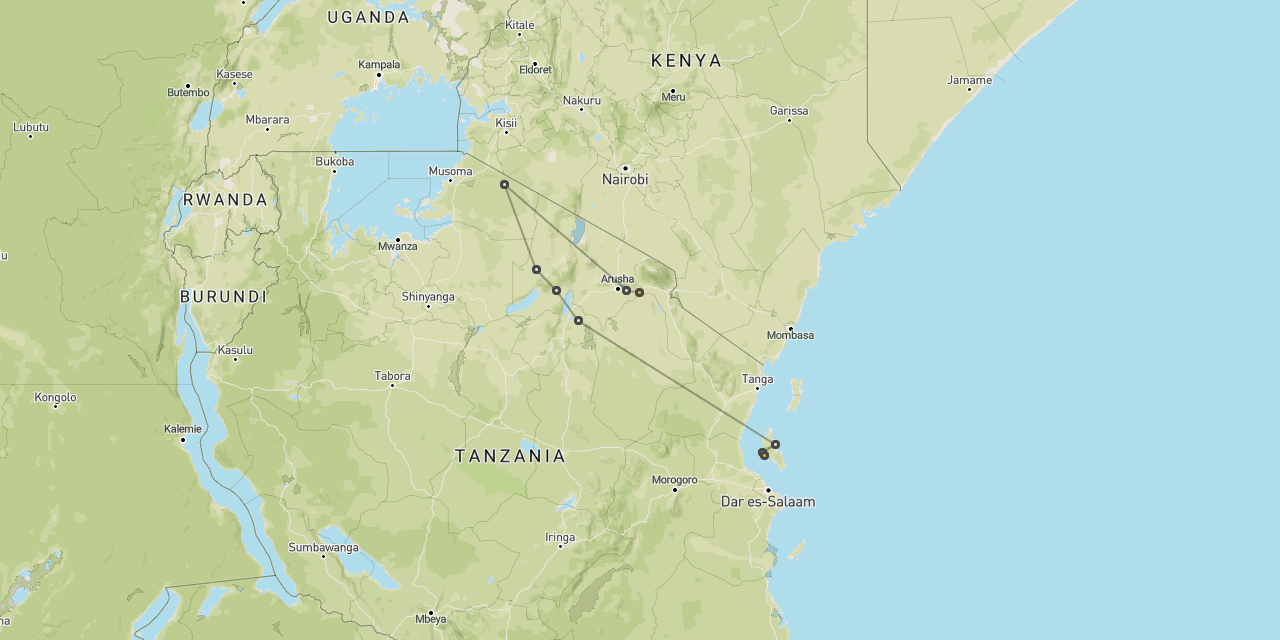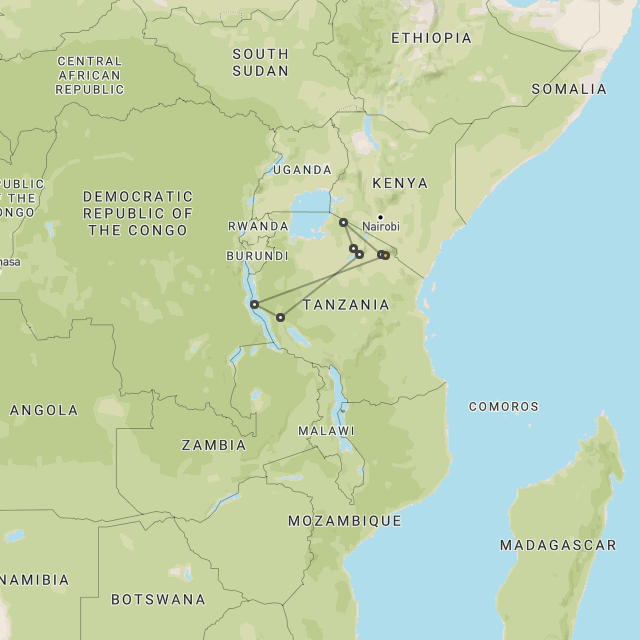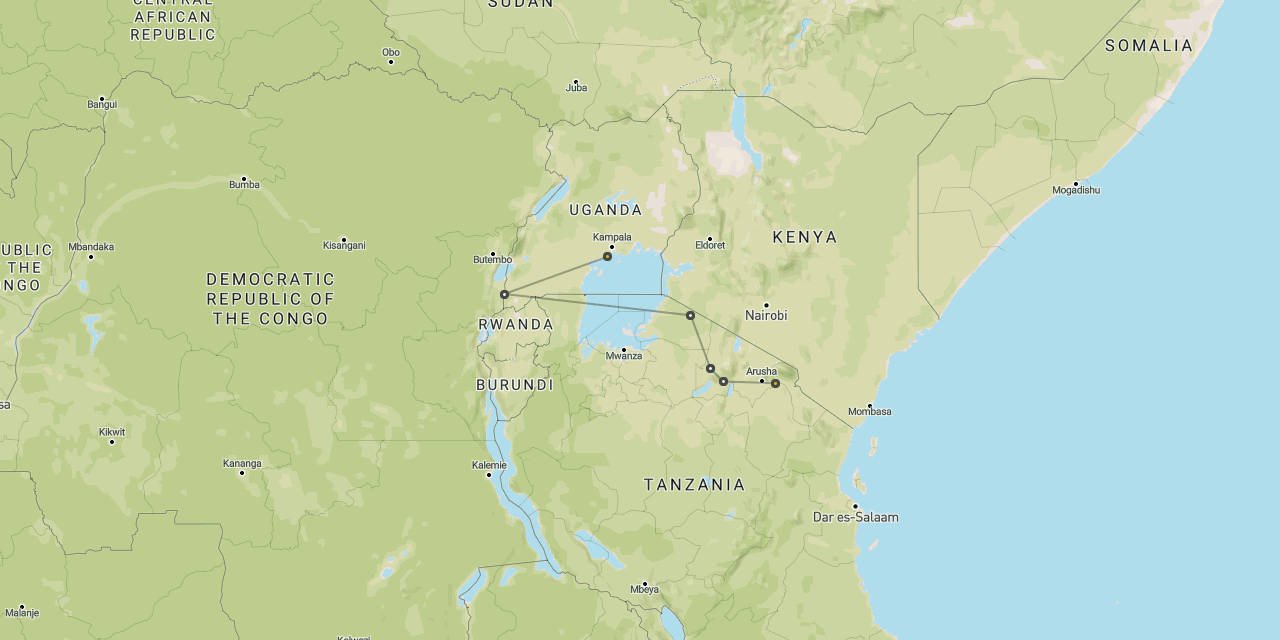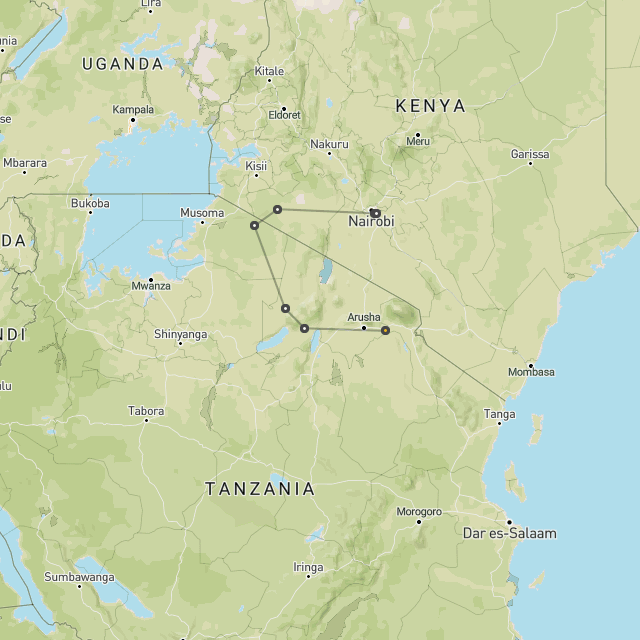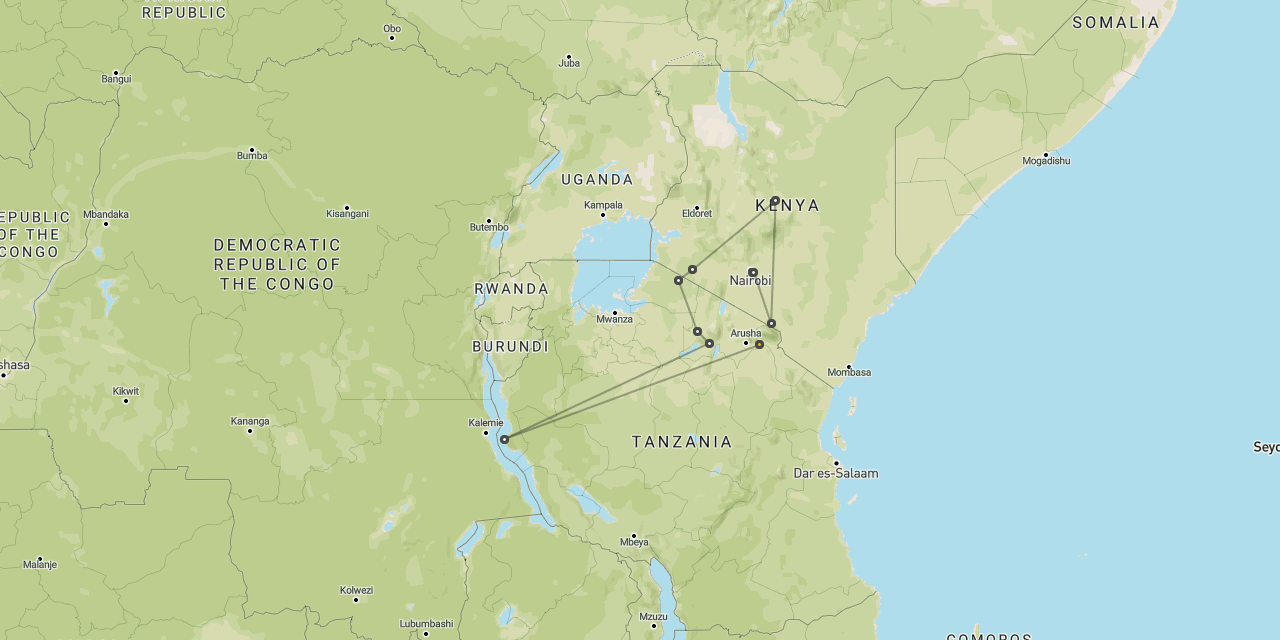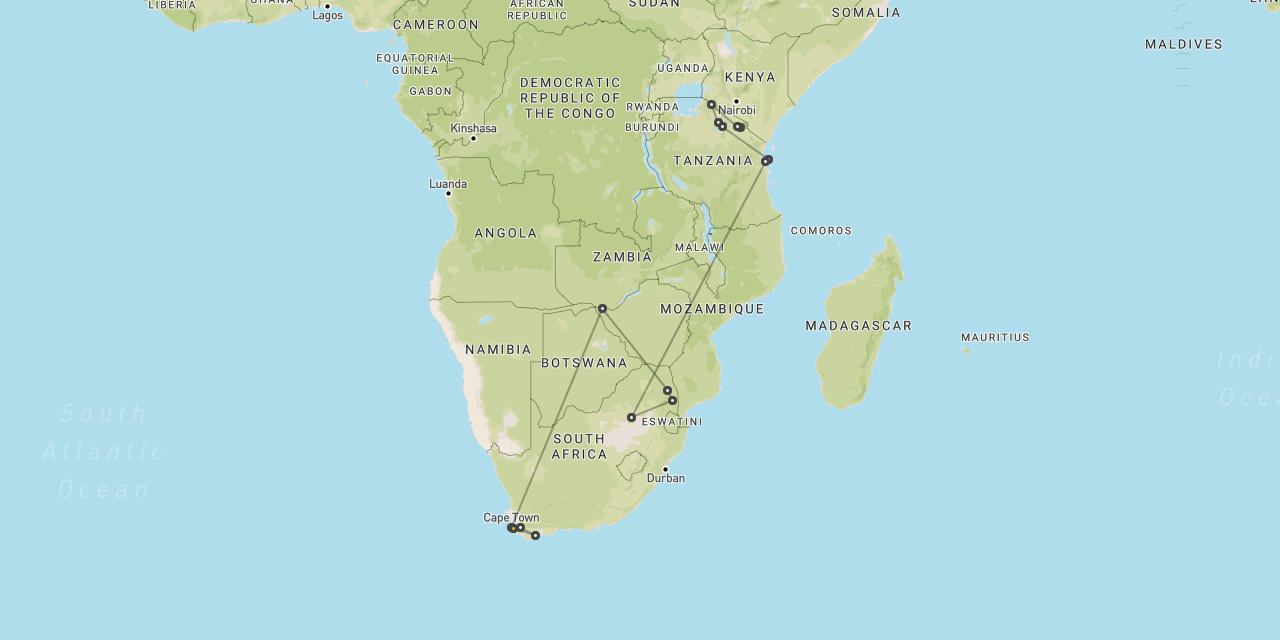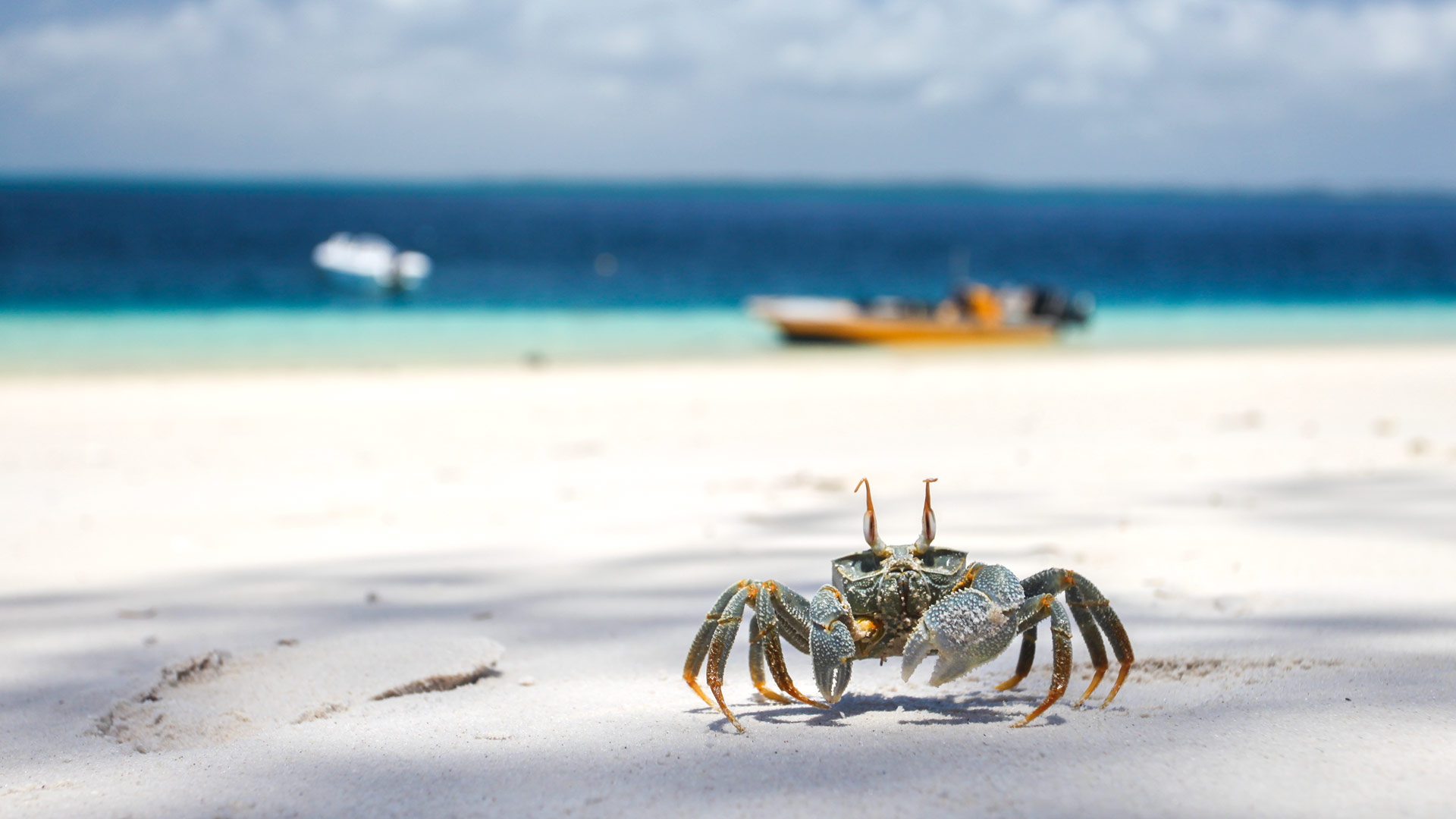
Travel to Pemba Island
Pemba Island
is an utterly fabulous tropical paradise,
which experiences incredibly low visitor numbers
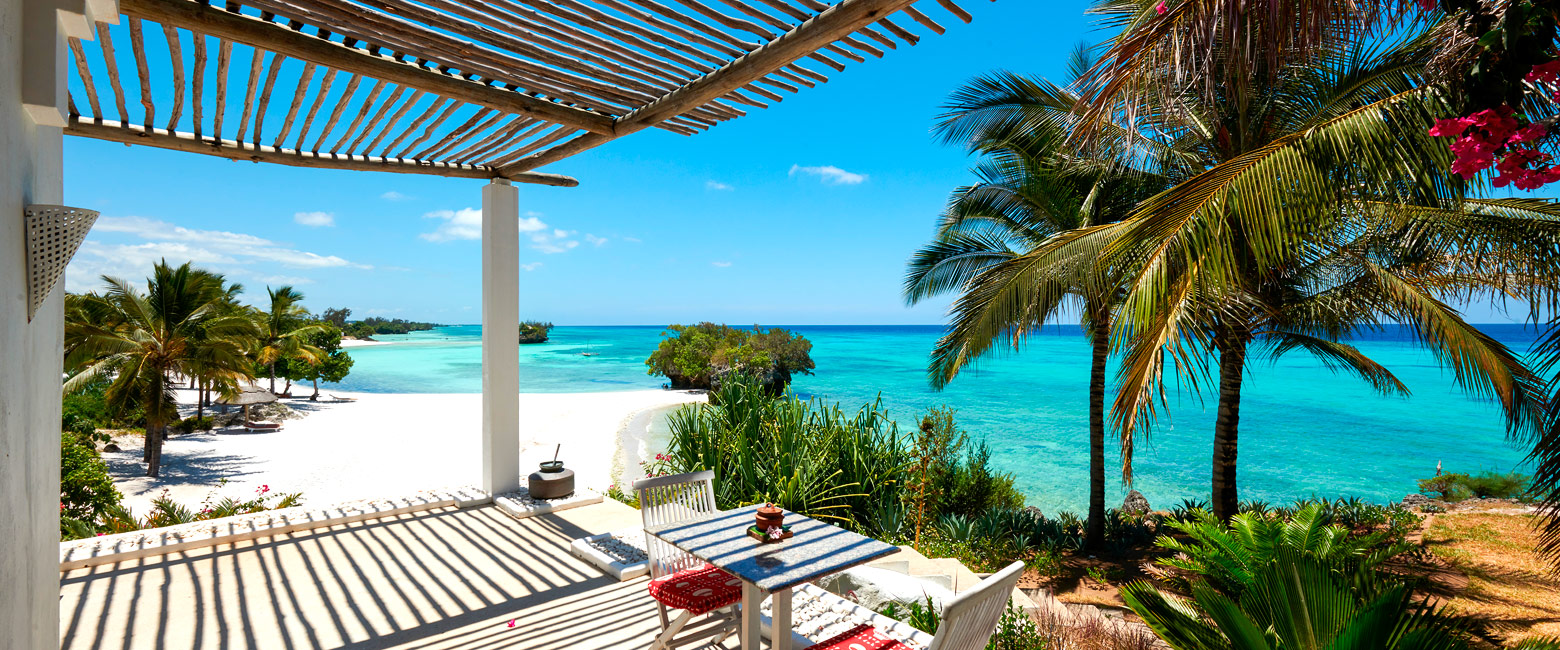
feels like a million miles from Zanzibar
Pemba is a substantial and very beautiful tropical island which lies off the coast of Tanzania, 40 km to the north of Zanzibar Island.
Where Zanzibar is a low lying coral atoll, Pemba is a true island. The landscape is generally hilly, extremely fertile and verdant. It is largely covered by agriculture of various types, especially palm and clove plantations, with significant open areas of cassava and rice.
Pemba Island is a really sleepy backwater, only experiencing around 1% of the visitor traffic of Zanzibar. Truly it is a world apart and remains very much a rural economy, with the vast majority of the island’s 362,000 inhabitants being dependent on small-scale agriculture and fishing.
Historically the mainstay of the island’s economy has been the production of cloves and, although production is now very much in decline, during the main picking season every available surface seems to be laid with vast acres of sack cloth covered in aromatic cloves drying in the sun.
Perhaps the most alluring aspect of the island is its stunning marine environment. Much of the coastline plunges steeply into the deep blue Indian Ocean, especially on the eastern side, whilst on the western side broad coral lagoons are dotted with a network of beautiful small islands.
Mucking around in boats in these waters and having picnics on these remote tropical islands is such a great experience, this is almost certainly our favourite area of the East African coast.
The island also offers some of the finest diving in the Indian Ocean, especially for more advanced divers.
The main potential downsides are that there is a real shortage of decent accommodation options on the island and it does take a little bit more effort and cost to get here.
Key experiences
The island of Pemba is perhaps best suited to really active visitors, who want to get out and about by boat, vehicle and on foot to explore this wonderful place.
Diving
The diving around Pemba Island is as good as it gets. The area is best known for its big pelagic dives, huge drop-offs and strong drift currents, elements which attract experienced divers from around the world. These waters are renowned for dolphins, turtles, mantas, sharks and whales. There are also plenty of easier coral-garden type dives for the less experienced.
Snorkelling
Snorkelling here can also be quite extraordinary. For example in the marine reserve around the beautiful Mesali Island it is possible to wade directly from the white-sand beach up to your waist, stick your head under the water and just stand there watching a whole panoply of marine life pass by.
Kayaking
There is also some excellent kayaking in the area, notably exploring the networks of channels amongst the extensive mangrove forests that fringe some of the lagoons.
Forest walks
To the north of Pemba there are also some protected areas of indigenous forest, notably at Ngezi Forest in the north, which contain some interesting endemic species such as the Zanzibar colobus monkey and the Pemba flying fox. A guided walk through the forest is well worth doing.
Beaches
The beaches on Pemba Island are very varied. Generally they are shallow and very tidal, so not ideal for swimming. But there are some very notable exceptions, especially on Mesali Island and towards the extreme north-west corner of the main island.
Cultural interaction
Pemba Island also offers plenty of opportunities for cultural interaction. Because of the low numbers of visitors, the people generally just get along with their own business, which makes the place so much more relaxed, authentic and interesting. There is very little crime and virtually no hassle.
The compact capital, Chake Chake, is a very interesting place to stroll around, with a number of buildings of historical interest and some fascinating markets. You may find that locals avert their gaze, but this is out of respect and is typical of the old Swahili Coast. Make the effort to converse and the reception here should be as warm as you will find anywhere.
The island was first settled by Arabs and Persians in the tenth century, the Swahili people that you see today having arisen from the inter-marrying of these immigrants with the indigenous Bantu populations. The island contains a number of interesting historic ruins, the majority of which are relatively unimpressive on the ground, but which are still great fun to visit, providing you with an excuse to explore some real backwaters.
The villages on Pemba Island are equally interesting to visit, especially in the company of a local guide, who will be able to explain so much and enable you to interact so much more meaningfully with the local people. Our favourite is perhaps the small town of Wete in the north, which has a particularly interesting market.
Some of us here have very warm memories of travelling around the island accompanied by an almost constant chorus of “musungu, musungu”, the kiSwahili for ‘white person’, the kids shout it out wherever you go. And if you happen to have blonde hair, then be prepared to spread terror amongst the youngsters, many of whom may genuinely think you are an evil spirit.

Gallery
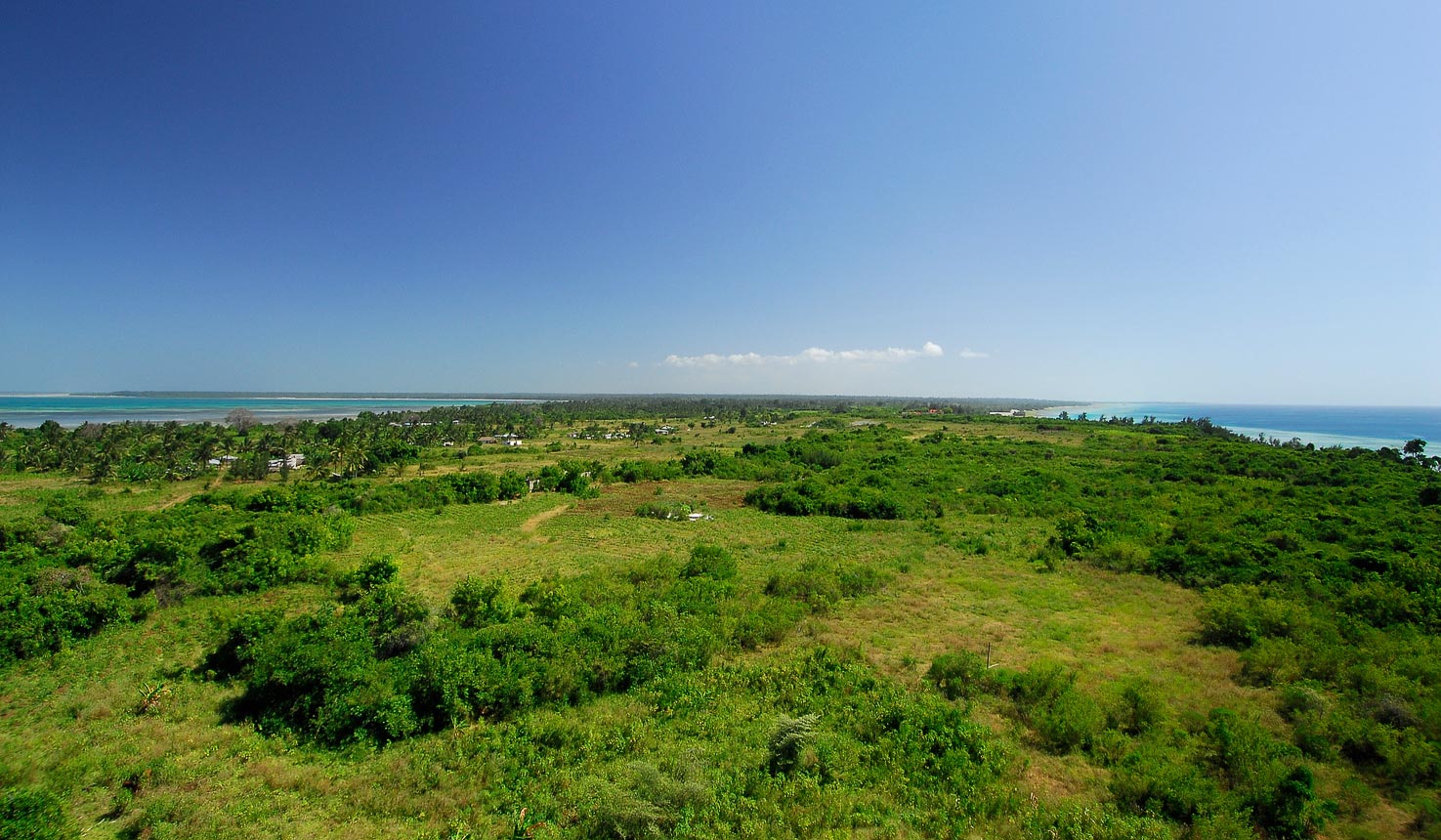
Video
Map
Pemba Island tends to feature relatively rarely in trips, since the allure of Zanzibar is too great for most first time visitors to resist. That is what keeps the place so blissfully quiet.
The usual stay duration is 4-6 nights.
Seasonality
The climate on Pemba Island is tropical, with predominantly hot, humid and sunny conditions.
There is rain on most days of the year, usually taking the form of light showers. During the Nov-Dec and Mar-May rainy seasons these can turn into heavy and persistent downpours.
There can also be very strong winds during the May-Jun early dry season period.
The best times down on the coast are therefore considered to be Jul-Oct and Jan-Mar, when there is usually slightly less rain and wind.
Unfortunately these best periods happen to coincide with the two peak seasons for visitor traffic, although that is far less of an issue here than on Zanzibar Island.
Getting around
The vast majority of visitors to Pemba Island arrive via the international airports at Dar es Salaam or Kilimanjaro, from where there are regular scheduled light aircraft services into the airstrip at Chake Chake.
Once in the area it is usual to travel around by guided overland and water transfers.
We always include all connecting transport in your trip unless you specifically ask us not to.
Where to stay
Pemba Island has only a very limited range of accommodation options.
There are two more upmarket options, the rather cool Fundu Lagoon in the south and the more conventionally comfortable The Aiyana Pemba in the north.
The only recommended mid-range option is The Manta Resort in the north, which is renowned for its underwater room.
blissfully quiet due to the irresistible allure of Zanzibar
let us know your thoughts about Tanzania
and we will make sure to deliver the perfect safari
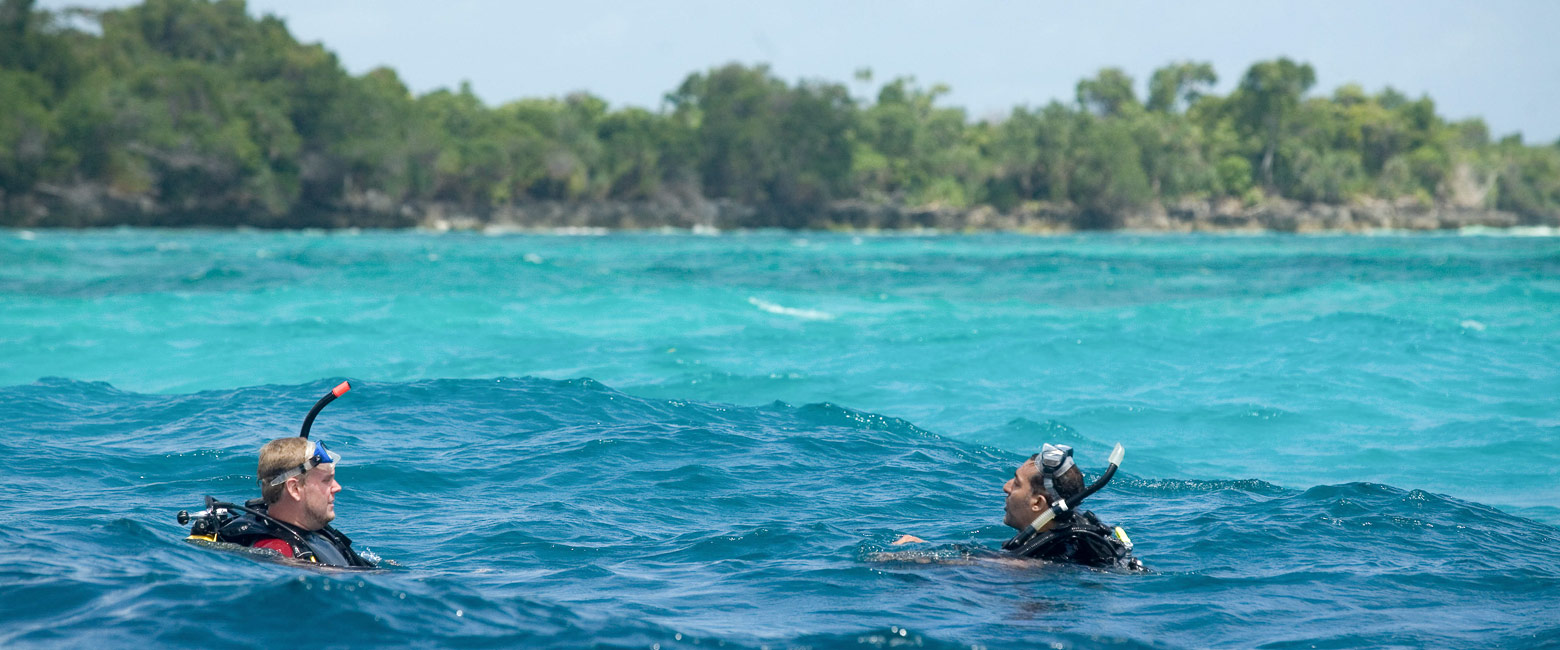
Extraordinary tailor-made adventures,
from earthy and edgy to easy and extravagant
From around USD 2500 per person, you set the ceiling
Sample Trips
Here are some of our popular trip shapes

Get started on your trip
It’s never too soon to get in touch, we are here to help with every stage of your planning.
Best Lodges
We regularly inspect and photograph all of the the best lodges, to ensure that we always recommend the most suitable options
Key Locations
Take a look around related locations. Click ‘View more’ to explore locations further afield.























